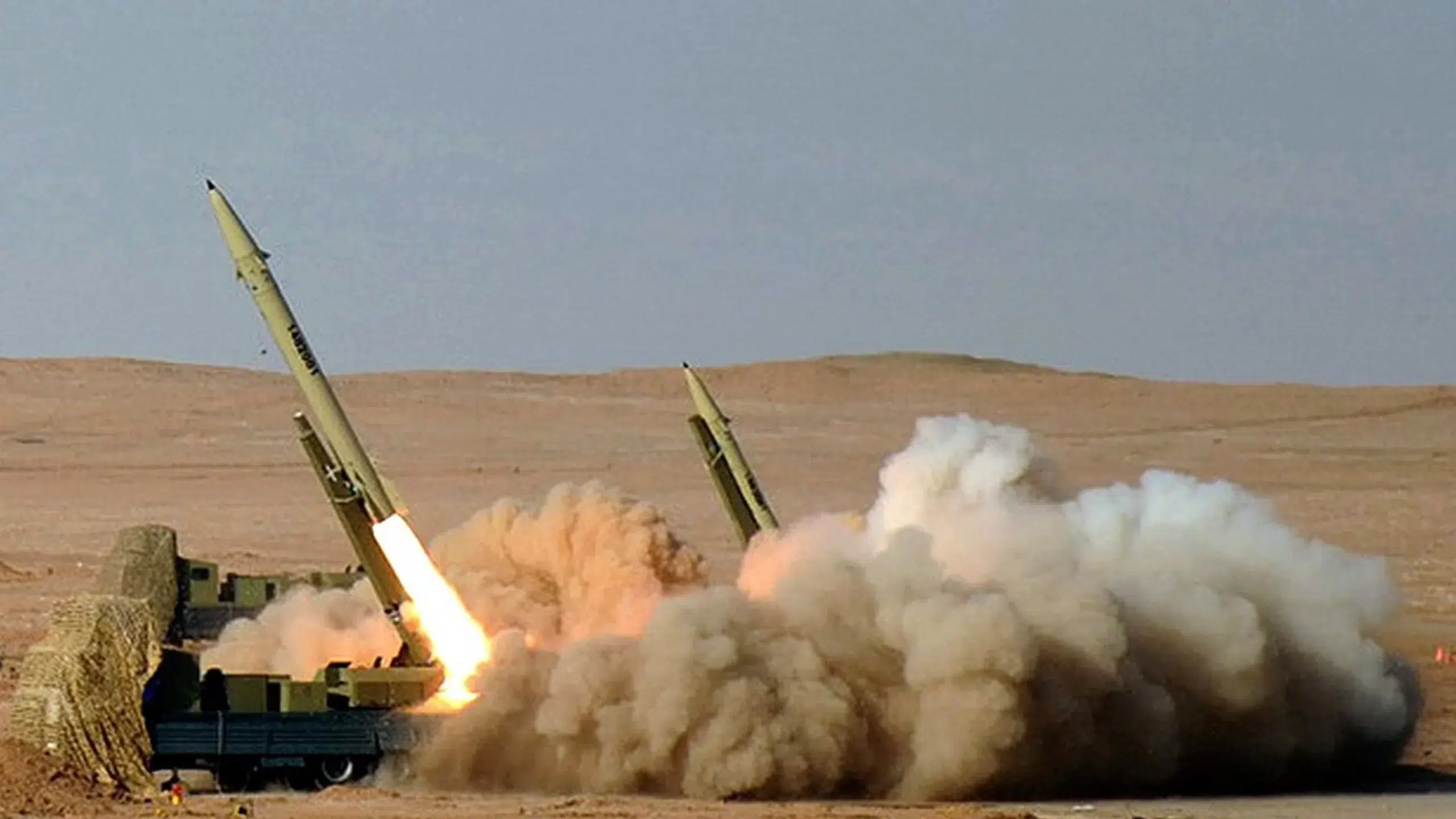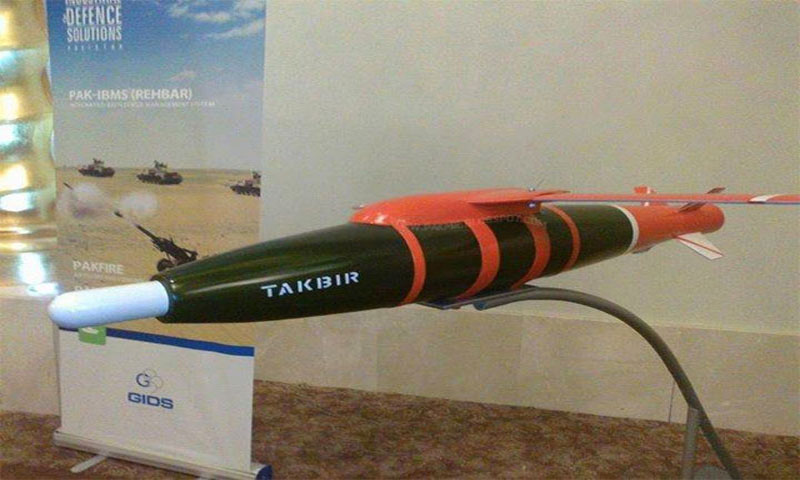4328Views 0Comments

Iran and Pakistan Exchange Cross-Border Strikes
On Tuesday, 16 January, Iran carried out a strike using missiles and drones in Pakistan’s Balochistan province, apparently in the Panjgur district.
Iranian state media claims that Tehran targeted two ‘Jaish al-Adl’ militant bases in Pakistan, but the Pakistani government said that the attacks killed two children and injured three other civilians.
Pakistan’s Ministry of Foreign Affairs condemned the “unprovoked violation.”
“This illegal act is completely unacceptable and has no justification whatsoever,” it said through an official press release, “Pakistan reserves the right to respond to this illegal act. The responsibility for the consequences will lie squarely with Iran,” it stated.
Iran’s Foreign Minister, Hossein Amir-Abdollahian, stated that Tehran did not target Pakistani civilians and, in turn, only focused on Jaish al-Adl.
Background: Restive Balochistan-Sistan Region
Tehran’s attack occurred in a mutually restive region shared by both Pakistan and Iran, Balochistan-Sistan. It is a sparsely populated and relatively underdeveloped region, one where the locals on both sides say they face discrimination from their respective national states.
Consequently, both sides of the Balochistan-Sistan region suffer from native insurgencies, Iran facing Jaish al-Adl and, on the other hand, Pakistan facing the Balochistan Liberation Army (BLA).
Interestingly, the United States has designated both the BLA and Jaish al-Adl as terrorist organizations.
While both Tehran and Islamabad have an interest in quelling their respective insurgencies, neither looks positively to their neighbor engaging in unilateral cross-border strikes. Thus, there is a risk that this issue could escalate into a more significant problem.
Internal Messaging
Currently, both Pakistan and Iran are weighing the consequences of their actions, but on their domestic fronts. Some analysts, for example, posit that Tehran’s strikes were a message to the Iranian population, one asserting that their government is strong (amidst domestic criticism) and regionally influential.
For Islamabad, however, the attacks are a call back to its skirmish with India in 2019. Following a similar (albeit unfatal) attack by the Indian Air Force (IAF), the Pakistan Air Force (PAF) responded with a massive retaliatory air campaign, i.e., Swift Retort. Can Tehran expect a retaliatory “kinetic” strike from Pakistan?
Domestically, Pakistan’s security leadership may be facing mounting scrutiny about its apparent focus on national politics, which, for some critics, came at the cost of its attention to national security. Somewhat ironically, Iran’s strikes happened on the same day the PAF released a video celebrating its new big-ticket air defence inductions (which were sought to neutralize such ingressions from India).
Thus, there is domestic pressure to assert Pakistan’s territorial sovereignty. However, Pakistan will likely be weary of escalating tensions with Iran. Tehran and Islamabad are not the only stakeholders; the U.S. also has a stake in the issue since, ultimately, it is a Middle East/Greater Middle East problem.
The U.S. has been trying to dampen conflicts and close underlying fault-lines in the Middle East. Washington wants a stable region so that it can focus on its geo-security interests in East Asia. On this basis, a conflict between Iran and Pakistan could be a risk to regional stability and, in turn, a risk to current American interests.
While its defence ties have cooled, Islamabad still relies on Washington for economic support, especially in the form of loans and trade. Thus, Washington could pressure Pakistan to diffuse tensions, at least for the short term. This could persuade Pakistan to back away from overt ‘kinetic retaliation.’ However, if Washington is indifferent to the matter, then the domestic pressure could compel Pakistan to respond to Iranian strikes with a proportional strike of its own.
Overall, Tehran’s actions have set a new tone in the long-term nature of Iranian-Pakistani ties. Since its formation in 1947, Pakistan was not worried about an Iranian cross-border incursion. For decades, both Iran and Pakistan had secured their respective borders. Yes, there were tensions over Balochistan-Sistan and its native insurgencies, but two countries had channels to manage such problems.
With these strikes, Pakistan got the message that Iran no longer trusts those channels. Thus, Pakistan will no longer take Iranian guarantees of Pakistani sovereignty for granted. Hence, in the coming months and years, Pakistan may begin placing a permanent conventional and, potentially, strategic/nuclear, presence on its southwestern front. In light of Iran’s recent actions, the starting point would be to extend the deep air defence coverage – i.e., multi-layered surface-to-air missiles (SAM), electronic warfare and electronic countermeasures (EW/ECM), electronic attack (EA) jamming, etc – to the region.
Update: Pakistan Engages in Retaliatory Cross-Border Strikes
On 18 January, Pakistan announced that it carried out retaliatory strikes against Balochi separatist targets on the Iranian side of the Balochistan-Sistan region.
“Pakistan undertook a series of highly coordinated and specifically targeted precision military strikes against terrorist hideouts,” Pakistan’s foreign ministry stated, adding, “A number of terrorists were killed during the Intelligence-based operation – codenamed ‘Marg Bar Sarmachar.'”
Inter-Services Public Relations (ISPR), the press arm of the Pakistani military, stated that it carried out the strikes “using killer drones, rockets, loitering munitions and stand-off weapons.”
In response, Iranian media report that nine people were killed in the Pakistani attacks, including seven women and children.
Regional stakeholders, namely Turkiye and Russia, have called on both Iran and Pakistan to deescalate and resolve their tensions through diplomacy.
More insights on Pakistan’s strategic and geo-political affairs:


